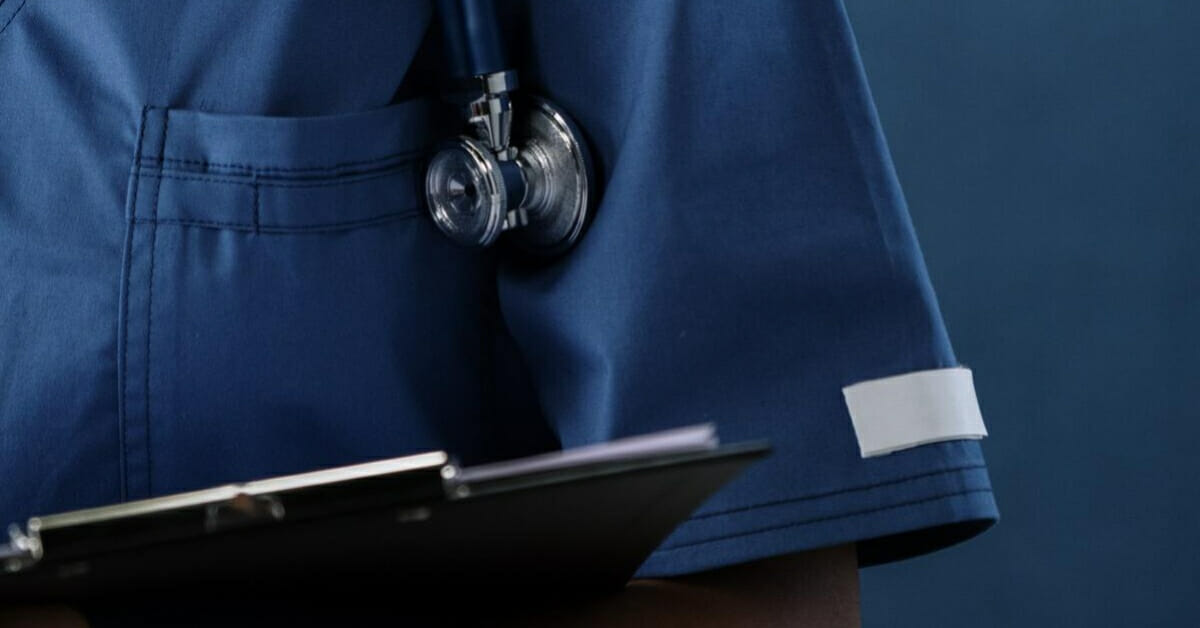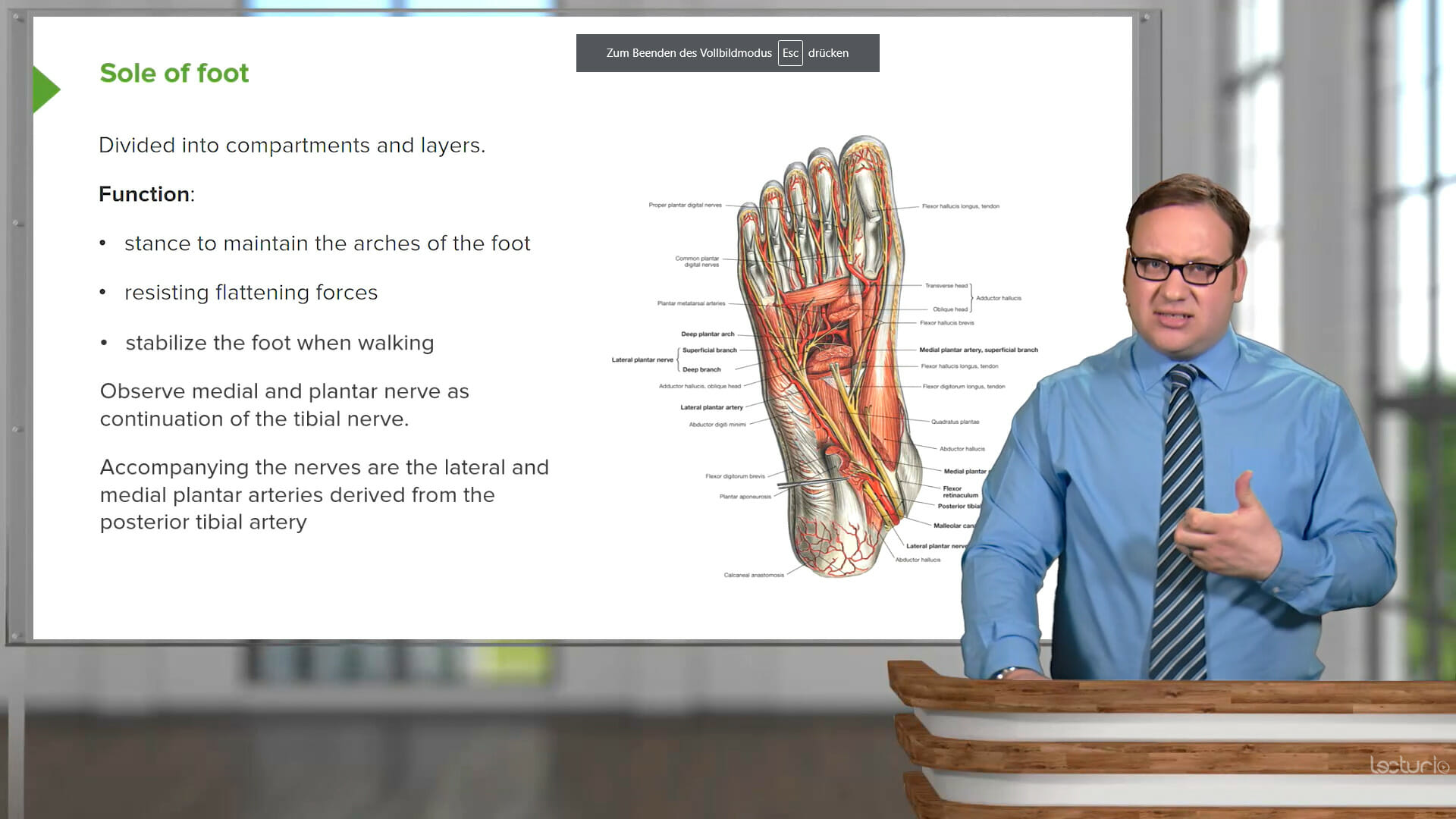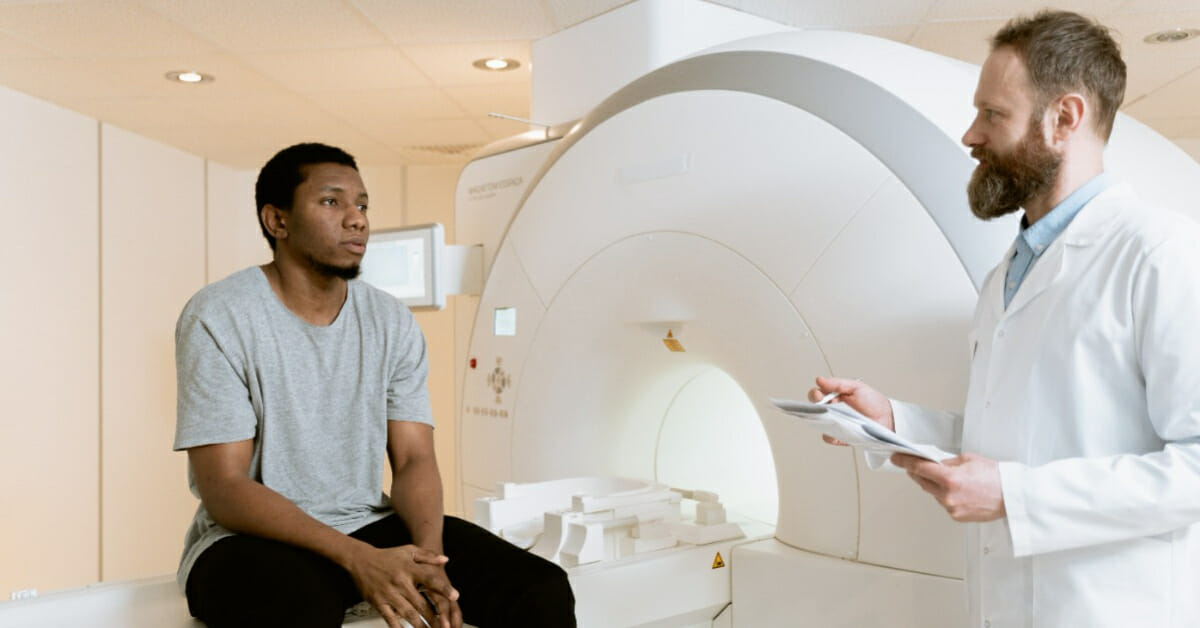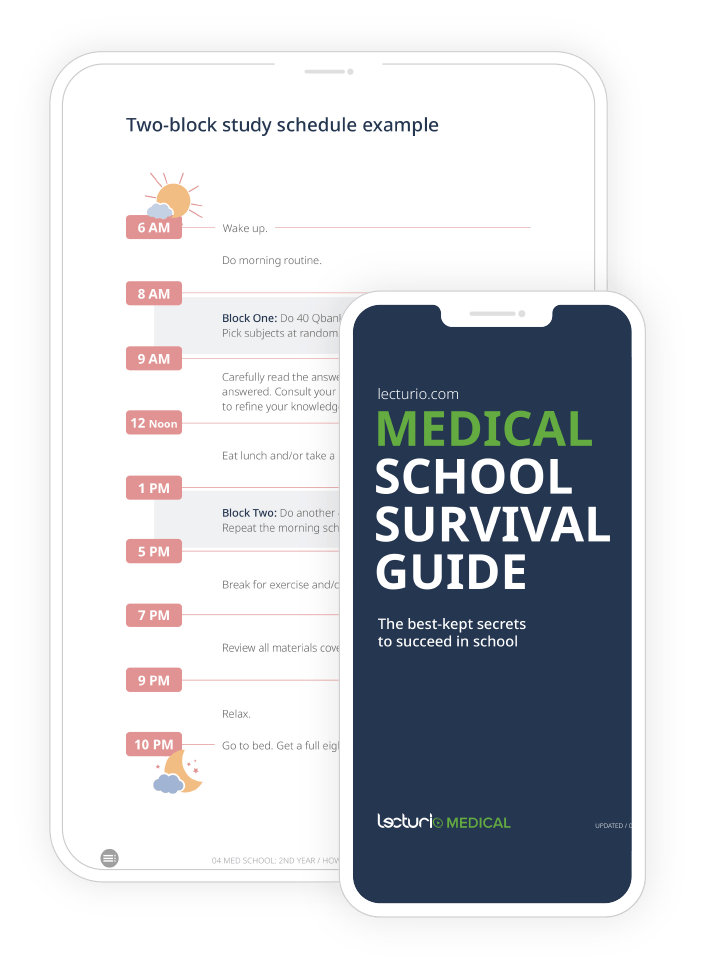Doctor’s Dress Code
What a doctor is expected to wear changes based on the setting in which they are practicing. Doctors in the hospital generally adhere to the dress code popularized on television- a set of matching scrubs and a white coat. Resident physicians are notoriously not fond of their white coats, and gladly abandon them for a zip up sweatshirt embroidered with their names followed by “MD” or “DO.”
Either coat can be easily removed for procedures or operations, and they actually aren’t allowed in the operating room because they are not sterile! Surgeons and operating room staff wear hospital-issued scrubs, a bonnet and shoe covers, as well as a sterile gown and gloves during surgery. In an office setting, many doctors opt for business casual professional attire paired with a white coat. Others may prefer to wear scrubs; this is especially likely for surgeons or doctors who perform a lot of outpatient procedures or those who split their days between clinic and hospital duties.
Why Do Doctors Wear Scrubs?
Scrubs were first implemented in medicine to be worn by surgeons during operations, as scientists became increasingly aware of the concept of contamination. Once they were commonplace in the operating room, scrubs became part of a doctor’s attire largely out of necessity for cleanliness.
Today, hospital-issued scrubs are sterilized routinely and many scrub materials have antimicrobial qualities. The material of many scrubs is also thick enough to prevent spilled bodily fluids from contacting the wearer’s skin. Additionally, scrubs are comfortable and allow for a wide range of movements – perfect for long days of work in which physical exams and operations need to be performed. As a result of scrubs becoming popular, it is now a common assumption that if you see someone wearing scrubs, they likely work in the healthcare field.
Why Do Doctors Wear White Coats?
You might be surprised to learn that prior to white coats becoming common attire for physicians, most of them wore black. Black is a common color in formal attire (think “Black Tie Affair”), and until the late 1800s, visiting a doctor was a very solemn and formal matter. During this time in history, people often only sought medical care as a last resort if they were seriously ill. Medical “treatments” included administration of various concoctions and blood letting, which rarely improved the patient’s condition. Consequently, doctor’s visits had astonishing mortality rates.
As science advanced and bacteria’s role in infection was uncovered, the concept of sterility and practicing medicine in a clean environment was widely adopted. Doctor’s attire was subsequently changed to white, with spotless white clothing promoting a message of cleanliness. There are also some reports that physicians started wearing white coats to distinguish themselves from those performing other roles in the hospital to whom they felt superior.
Today, a white coat symbolizes professionalism, knowledge, honesty and compassion. Modern day medical students and doctors cite the following reasons for continuing the tradition of wearing a white coat: ease of recognition by patients and colleagues, carrying items in pockets, keeping clothes underneath the coat clean, emphasizing their physician status, meeting obligations or requirements, preventing personal contamination and staying warm while working.
For me personally, I tend to wear my white coat because I look quite young, and I feel it helps identify me as a professional (in training). The big pockets on the inside and outside of the coat are also a significant perk of donning a white coat.
On the other hand, some physicians advocate against wearing white coats for multiple reasons. Some advocate against the white coats because they symbolize a hierarchy between physician and patient that is detrimental to rapport and patient care.
Psychiatrists and pediatricians are two large groups of physicians that often avoid wearing white so they can connect more easily with their vulnerable population.
Additionally, though white coats originated as a symbol of sterility, they are often anything but. White coats are not sterilized as often as scrubs are, and often, a doctor’s coat stays at the hospital for many weeks. A systematic review found that as many as 16% of white coats tested positive for MRSA and up to 42% of white coats tested positive for gram negative rods – both of which are to blame for a multitude of serious, often deadly infections in hospitalized patients.
What Is The Significance of Scrubs And White Coats For Your Identity as a Medical Student and Future Doctor?
I started wearing scrubs for my job as a medical scribe years ago, so any significance I may have felt when I first wore them had faded by the time I was in medical school. However, my white coat, and the receipt of it, was an enormous symbol of my identity shift as I transitioned from a pre-med to a medical student.
And, though wearing scrubs alone didn’t make me feel teary-eyed about finally accomplishing my dreams, I definitely felt like Meredith Grey from Grey’s Anatomy the first time I wore the scrubs and white coat combo. My white coat helps me garner the confidence to command respect and speak to patients and my peers with ease and certainty. Wearing my white coat is a striking display of the message, “I belong here”– a message so many of us long for as we battle imposter syndrome and feelings of inadequacy.
Who Else Wears A White Coat?
Nurses also often have their own sort of white coat ceremony, but they do not always routinely wear their white coats in the hospital. However, nurses in managerial positions, nurse or unit directors, and clinical nurse leaders often wear their white coats regularly. Other healthcare professionals who see patients independently, including physician assistants and nurse practitioners, also wear white coats. So, although it is not only doctors who wear white coats, rest assured, someone in a white coat is a healthcare professional in their own right.
After writing this post, I feel a renewed sense of gratitude for my white coat. I’ll be sure to savor the moment and appreciate what it represents the next time I shimmy into it while trying desperately not to spill my morning coffee on it as I rush out the door.







